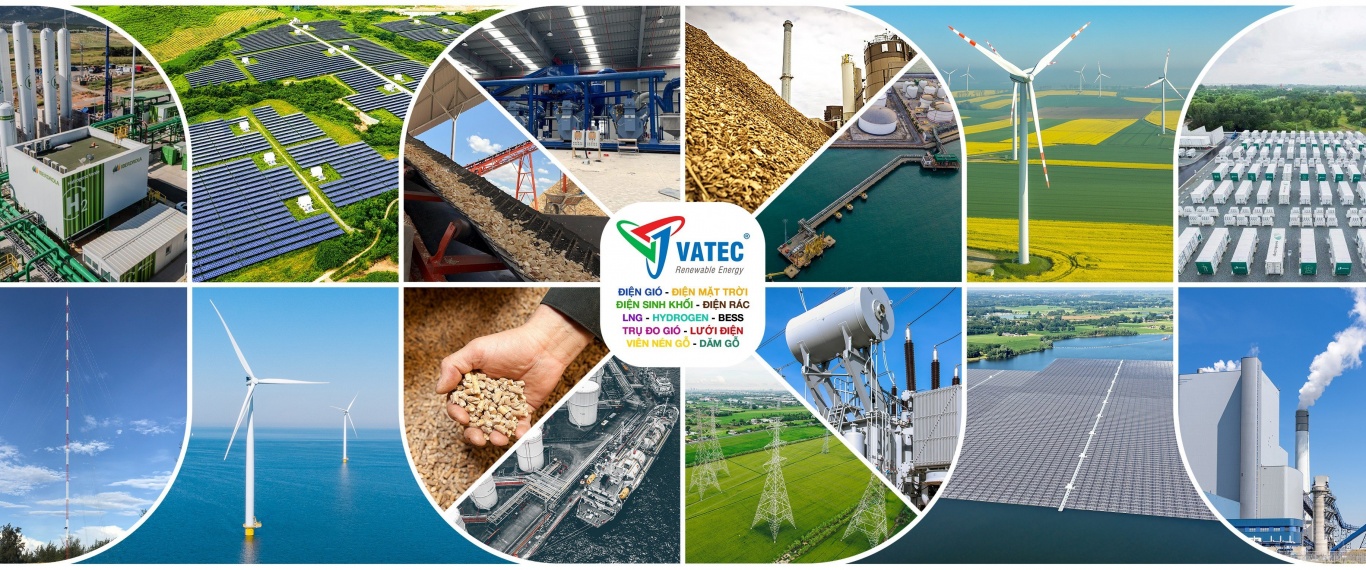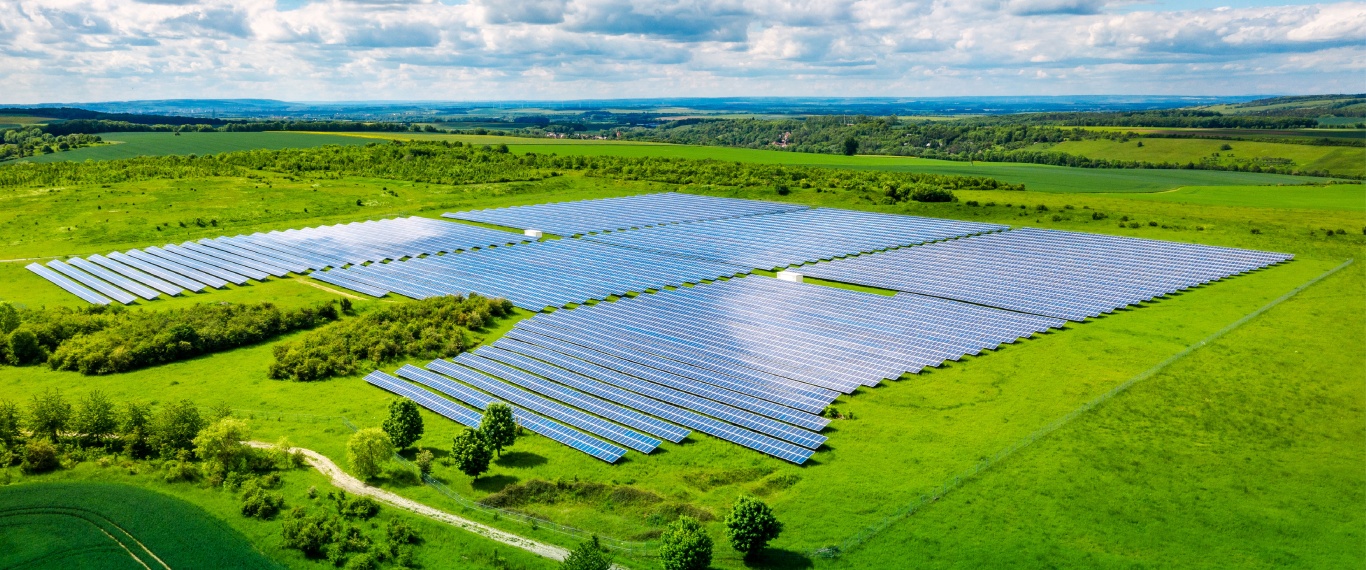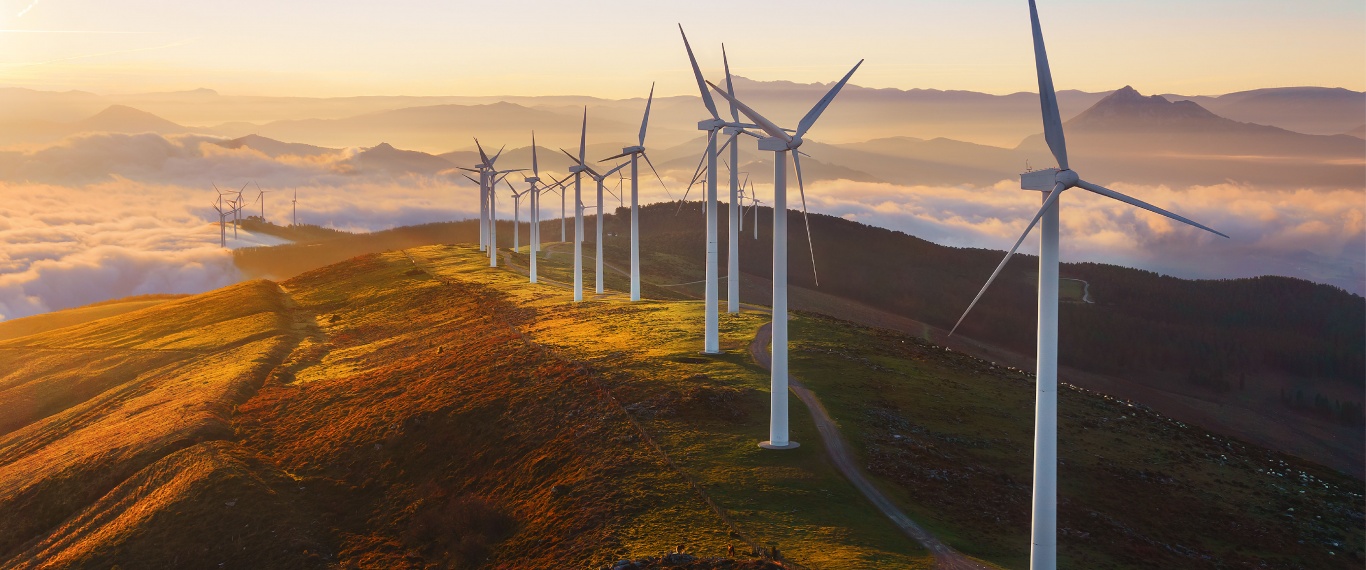Theo Quy hoạch điện VIII, đến năm 2030 Việt Nam sẽ có 2.400 MW công suất từ thủy điện tích năng (TĐTN). Hiện tại, Tập đoàn Điện lực Việt Nam (EVN) đang thi công dự án TĐTN Bác Ái tại xã Phước Hòa và Phước Tân, huyện Bác Ái, tỉnh Ninh Thuận.
Với tổng vốn đầu tư hơn 21.100 tỷ đồng, Bác Ái là công trình TĐTN đầu tiên đã được khởi công xây dựng vào đầu tháng 1/2020 và dự kiến dự án sẽ hoàn thành và đưa vào vận hành vào cuối năm 2028. Tuy nhiên, do nhiều khó khăn, nên tiến độ đã được điều chỉnh đưa vào vận hành chậm hơn 1 năm so với kế hoạch đề ra.
Dự án TĐTN Bác Ái có vai trò quan trọng trong hệ thống điện (HTĐ) quốc gia, có nhiệm vụ lưu trữ điện năng, phát điện phủ đỉnh, dự phòng công suất phát, giúp ổn định hệ thống, điều chỉnh tần số - là công cụ giúp điều độ HTĐ quốc gia vận hành ổn định, an toàn, tin cậy trong bối cảnh công suất lắp đặt của điện gió, mặt trời ngày càng tăng cao. Tính đến cuối năm 2023, nguồn điện gió và điện mặt trời đã chiếm tỷ lệ 26,9% cơ cấu công suất toàn hệ thống.
Cũng theo Quy hoạch điện VIII, TĐTN Phước Hòa với công suất 1.200 MW là dự án TĐTN thứ hai sẽ được đưa vào vận hành năm 2030. Tuy nhiên, hiện nay dự án này vẫn chưa có chủ đầu tư. Do vậy, khả năng đưa vào vận hành TĐTN với tổng công suất 2.400 MW năm 2030 đang là câu hỏi lớn, vì thời gian từ nay đến năm 2030 chỉ còn lại 6,5 năm.
Ngoài ra, vì chưa có khung giá TĐTN, không biết liệu đầu tư có đem lại hiệu quả hay không, nên các nhà đầu tư chưa mặn mà xem xét đầu tư vào nguồn điện này.
Theo số liệu cập nhật, thủy điện tích năng hiện đang chiếm 99% hệ thống tích trữ điện năng trên lưới điện của thế giới, với công suất khoảng 140 GW. Ở Liên minh châu Âu, công suất thủy điện tích năng là 45 GW. Ở châu Á, dẫn đầu về thủy điện tích năng là Nhật Bản (30 GW), Trung Quốc (24 GW). Hoa Kỳ cũng có công suất đáng kể về thủy điện tích năng (20 GW) [3].
Chế độ làm việc của thủy điện tích năng:
Thủy điện tích năng là một dạng thủy điện, có tác dụng dự trữ năng lượng, với công dụng chính là tích lũy điện năng để bổ sung cho hệ thống vào những lúc cần thiết - là giải pháp nhằm cân bằng phụ tải hỗ trợ cho các nhà máy điện khác hoạt động được hiệu quả hơn. TĐTN có thể cung cấp năng lượng cân bằng, ổn định, dung lượng lưu trữ và các dịch vụ phụ trợ HTĐ (điều khiển tần số và dự trữ năng lượng). TĐTN cũng cung cấp các lợi ích phụ trợ như khả năng làm cứng, cũng như dự trữ (cả tăng, giảm) công suất phản kháng, khả năng khởi động và dự trữ.
Ở chế độ phát điện, tua bin - máy phát có thể phản ứng rất nhanh với độ lệch tần số giống như các máy phát điện của thủy điện thông thường, do đó làm tăng thêm sự cân bằng và ổn định tổng thể của lưới điện.
Ở cả chế độ tua bin và máy bơm, kích từ máy phát - động cơ có thể thay đổi để góp phần vào tải công suất phản kháng và ổn định điện áp. Hiệu suất của quá trình hai chiều này là từ 70% đến 85% [3]. Biểu đồ phụ tải ngày, đêm của HTĐ có đặc điểm là không đồng đều, có thời điểm nhu cầu phụ tải lớn, nhưng cũng có những thời điểm nhu cầu phụ tải xuống thấp. Do vậy, TĐTN làm nhiệm vụ “phủ đỉnh - điền đáy” làm san bằng hơn biểu đồ phụ tải, hỗ trợ các nhà máy điện khác hoạt động hiệu quả hơn (xem hình 1).
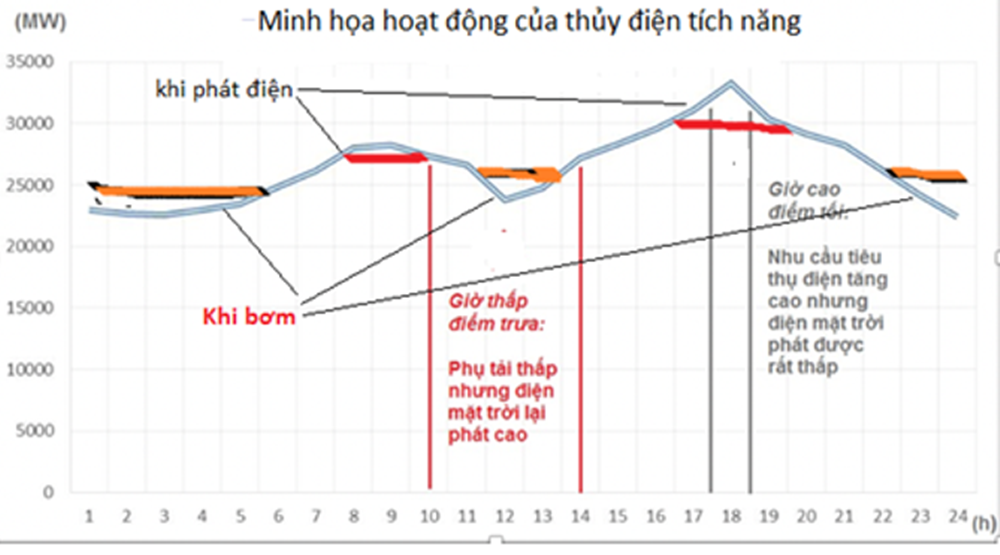 |
| Hình 1: Minh họa các khoảng thời gian phát điện và bơm nước tích năng của TĐTN trong biểu đồ phụ tải hàng ngày. |
Theo số liệu từ Trung tâm Điều độ Hệ thống điện Quốc gia (A0): Trong tháng 6/2024, cả công suất cực đại (Pmax) và sản lượng điện tiêu thụ điện ngày (A ngày) trên quy mô toàn quốc đã tăng cao với những con số đạt mức mới của hệ thống điện quốc gia.
Đặc biệt, vào lúc 13 giờ 30 phút ngày 19/6/2024 công suất đỉnh của hệ thống điện toàn quốc đã lên tới 49.533 MW. Nhìn vào biểu đồ phụ tải (hình 2) cho thấy: Thời gian thấp điểm của hệ thống là vào lúc từ 5 đến 7h buổi sáng và cao điểm trung bình vào khoảng 20h đến 23h. Còn giờ cao điểm cực đại lúc 13 đến 17h.
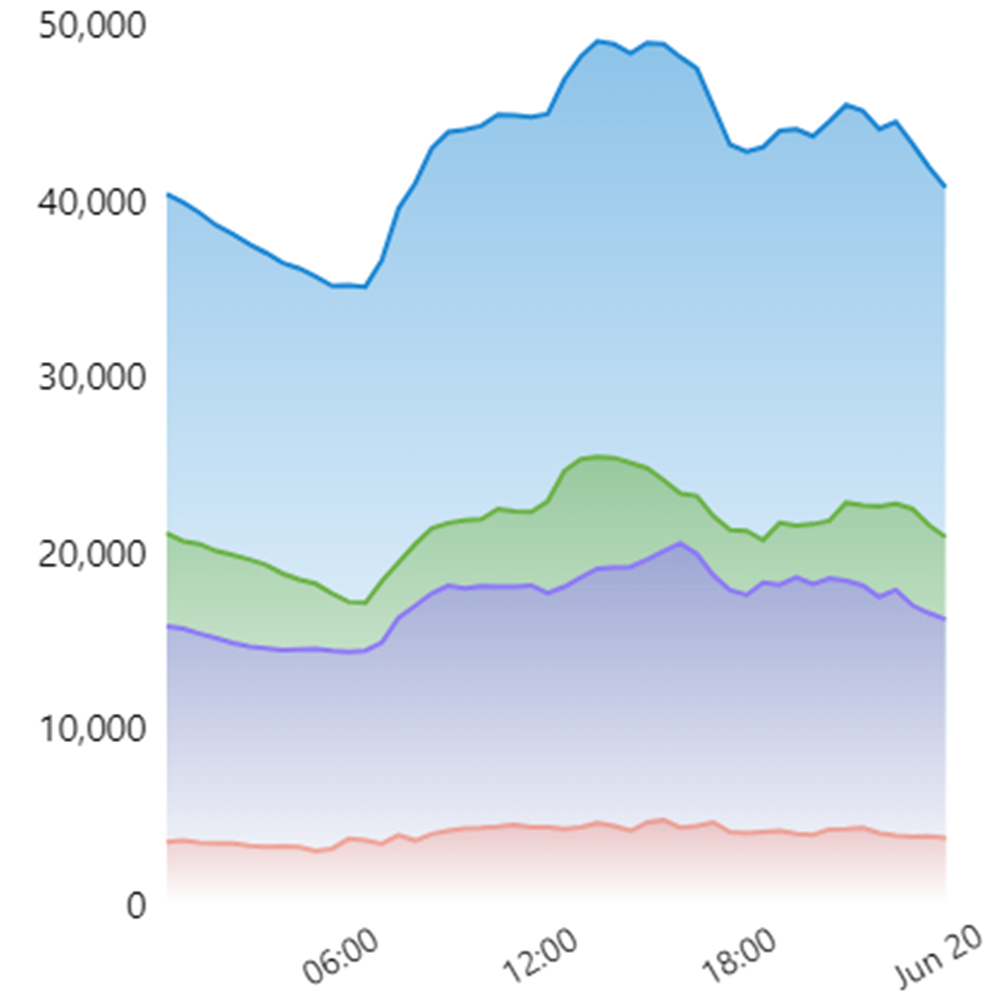 |
| Hình 2: Biểu đồ phụ tải HTĐ ngày 19/6/2024. Nguồn: A0 |
Mặc dù hiện tại chưa có hệ thống lưu trữ điện năng, nhưng hệ thống vẫn điều độ an toàn, không xảy ra hiện tượng quá tải và mất điện. Tuy nhiên, khi có TĐTN vận hành sẽ khắc phục được dễ dàng vấn đề công suất đỉnh như trường hợp ngày 19/6/2024. Thủy điện tích năng hàng ngày làm việc khoảng 8 đến 10 giờ ở chế độ bơm và 5 đến 7 giờ làm việc ở chế độ phát với công suất phát tối đa vào giờ cao điểm.
Khung giá nào cho thủy điện tích năng là hợp lý?
Thủy điện tích năng vừa là hộ tiêu thụ điện vừa là nguồn phát - nghĩa là vừa phải mua điện từ hệ thống vào giờ thấp điểm để bơm nước lên hồ trên và phát điện lên lưới (bán điện) vào giờ cao điểm. Vậy, giá mua điện và giá bán điện dành cho TĐTN ở mức nào thì chủ đầu tư có thể hoàn vốn và có lợi nhuận? Đang là câu hỏi dành cho các cơ quan chức năng của Bộ Công Thương.
Rõ ràng, muốn thu hút đầu tư vào bất cứ lĩnh vực nào, ngành nào (trong đó có TĐTN), thì nhà đầu tư đều quan tâm đến khả năng thu hồi vốn và lợi nhuận khả dĩ nhất. Mặt khác, dù mong muốn có thêm hệ thống lưu trữ điện năng như TĐTN nhằm đảm bảo vận hành an toàn hệ thống điện khi nguồn điện gió, mặt trời ngày càng chiếm tỷ trọng lớn trong cơ cấu nguồn, nhưng EVN cũng không thể mua điện từ TĐTN với giá điện cao hơn so với quy định của Bộ Công Thương.
Vì vậy, ngày 29/5/2024, Bộ Công Thương đã công bố dự thảo Thông tư quy định phương pháp xây dựng khung giá phát điện nhà máy TĐTN và gửi lấy ý kiến các đơn vị có liên quan và EVN.
Theo dự thảo, giá phát điện PNĐ (đồng/kWh) của nhà máy điện chuẩn được xác định theo công thức sau: PNĐ = FC + FOMC + VC. Trong đó:
- FC là giá cố định bình quân của nhà máy chuẩn bằng chi phí vốn đầu tư xây dựng nhà máy chuẩn chia cho điện năng bình quân năm tại điểm giao nhận.
- FOMC là giá vận hành và bảo dưỡng cố định của nhà máy điện chuẩn được tính bằng tổng chi phí vận hành và bảo dưỡng cố định của nhà máy chia cho điện năng giao nhận bình quân nhiều năm của nhà máy điện.
- VC là giá biến đổi của năm áp dụng khung giá của nhà máy điện chuẩn được xác định theo phương pháp quy định tại Thông tư này (đồng/kWh).
Theo đó, khung giá phát điện của nhà máy điện TĐTN là dải giá trị từ 0 (đồng/kWh) đến mức giá của nhà máy điện chuẩn. Sau khi Thông tư quy định khung giá phát điện của nhà máy TĐTN được ban hành, các nhà máy TĐTN sẽ đàm phán giá với EVN.
Chế độ vận hành của TĐTN là vừa mua điện vào thời điểm giờ thấp điểm (bơm nước lên hồ trên) và bán điện cho hệ thống (làm việc như nhà máy thủy điện thông thường) vào giờ cao điểm. Do vậy, kiến nghị phương án tính toán cần xem xét với hai trường hợp cụ thể:
1. Giá mua điện tại giờ thấp điểm dành cho TĐTN: Giá từ 0 đồng/kWh đến mức giá của giờ thấp điểm.
2. Giá bán điện vào hệ thống: Giá từ giờ bình thường đến giờ cao điểm.
Hiện tại, bảng giá điện kinh doanh EVN đang thực hiện căn cứ theo Quyết định 2941/QĐ-BCT, ngày 8/11/2023 của Bộ Công Thương, kể từ ngày 9/11/2023 (hiện đang áp dụng) được quy định đối với cấp điện áp từ 22 kV trở lên như sau:
|
Giờ bình thường |
2.629 đồng/kWh |
|
Giờ thấp điểm |
1.465 đồng/kWh |
|
Giờ cao điểm |
4.575 đồng/kWh |
Nếu căn cứ theo bảng trên, áp vào tính toán cho TĐTN (ví dụ TĐTN được đưa vào vận hành năm 2024), thì giá điện mà chủ đầu tư TĐTN sẽ phải mua từ hệ thống để bơm nước lên hồ trên sẽ là từ 0 - 1.465 đồng/kWh và giá bán điện cho EVN là từ 2.629 - 4.575 đồng/kWh. Liệu với mức giá này đã hấp dẫn các nhà đầu tư vào TĐTN?
Ngoài ra, kiến nghị Bộ Công Thương nên xem xét, đưa thêm giá công suất áp dụng cho TĐTN. Bởi vì, đơn thuần chỉ áp dụng phương thức tính toán như dự thảo khung giá phát điện của nhà máy TĐTN với dải giá trị từ 0 (đồng/kWh) đến mức giá của nhà máy điện chuẩn sẽ khó thu hút được các nhà đầu tư vào TĐTN.
Lý do đơn giản là đầu tư quy mô một nhà máy TĐTN công suất 1.200 MW (ví dụ như TĐTN Bác Ái) với tổng mức đầu tư 21.100 tỷ đồng (đơn giá năm 2020), mỗi năm chỉ vận hành phát điện trong khoảng 1.800 - 2.000 h, trong khi phải chịu chi phí mua điện từ hệ thống để bơm nước lên hồ trên từ 3.000 - 3.650 h/năm là không hề nhỏ. Cân đối thu chi sẽ đảm bảo khả năng thu hút đầu tư vào TĐTN.
Lời kết:
Phát triển hệ thống lưu trữ điện năng, trong đó có TĐTN trong điều kiện năng lượng tái tạo ngày càng tăng trong cơ cấu nguồn điện để tiến tới mục tiêu trung hòa cacbon vào năm 2050 là xu thế tất yếu nhằm vận hành an toàn, tin cậy hệ thống điện của nước ta. Từ nay đến năm 2030, sẽ đưa vào vận hành 2.400 MW TĐTN để hỗ trợ tích hợp các nguồn năng lượng tái tạo với quy mô lớn và định hướng đến năm 2050, công suất TĐTN và pin lưu trữ sẽ đạt 30.650 - 45.550 MW.
Hiện nay, EVN đang nghiên cứu đánh giá việc áp dụng giá điện hai thành phần và dự kiến áp dụng thí điểm vào năm 2025. Như vậy, ngoài việc xác định khung giá cho TĐTN (như quy định hiện hành), cần đưa thêm giá công suất vào tính toán cho TĐTN là phù hợp với xu thế chung về cách tính giá bán điện đang thực hiện trên thế giới.
Khi có khung giá phát điện của nhà máy điện TĐTN phù hợp, hài hòa lợi ích giữa chủ đầu tư TĐTN (bên bán điện) và bên mua điện, thì chắc chắn sẽ mang lại lợi ích to lớn cho nền kinh tế - đó là vận hành hệ thống điện an toàn, tin cậy, hiệu quả, cung cấp đủ nhu cầu điện cho đất nước./.
TS. NGUYỄN HUY HOẠCH - CHUYÊN GIA TẠP CHÍ NĂNG LƯỢNG VIỆT NAM



